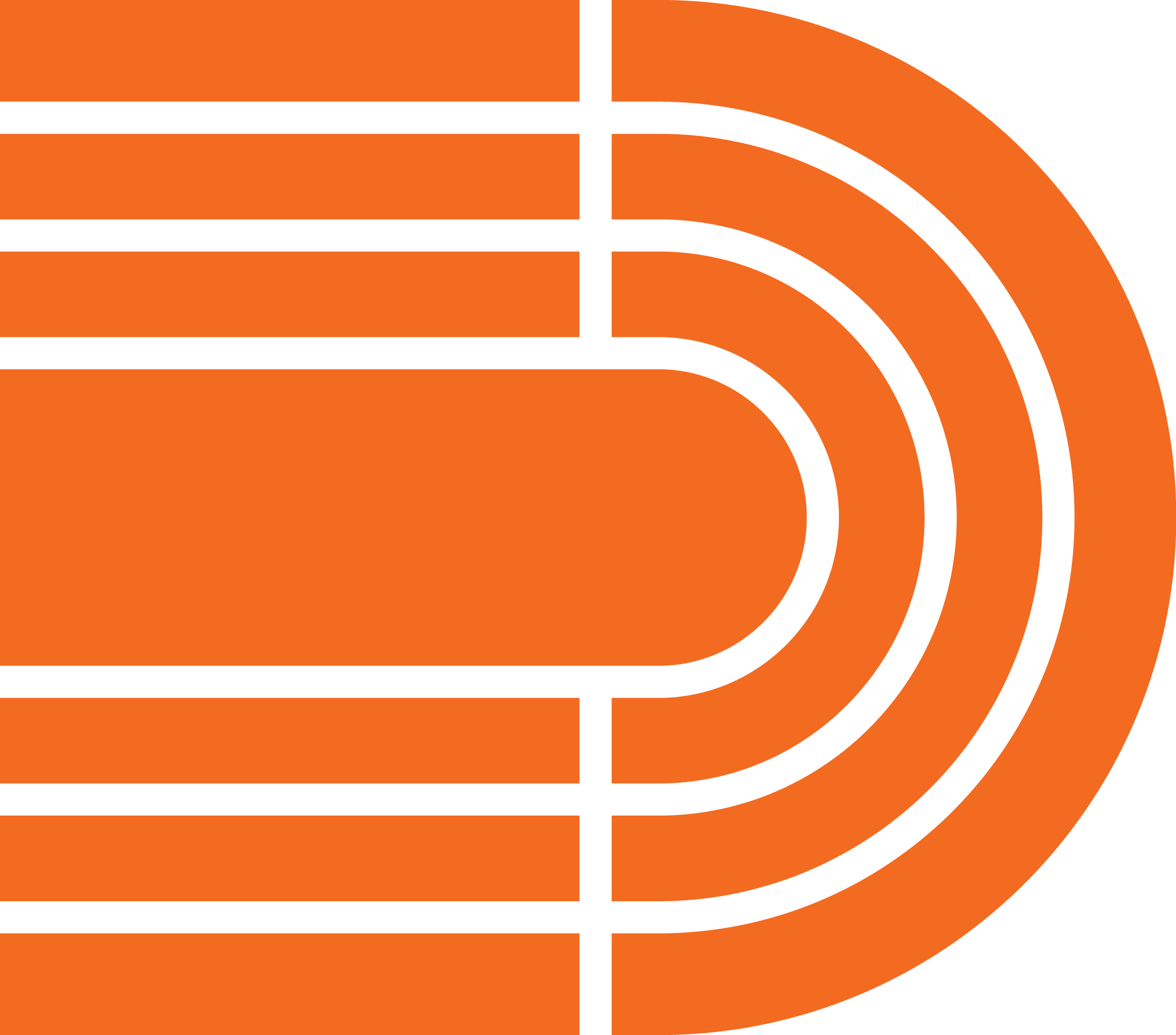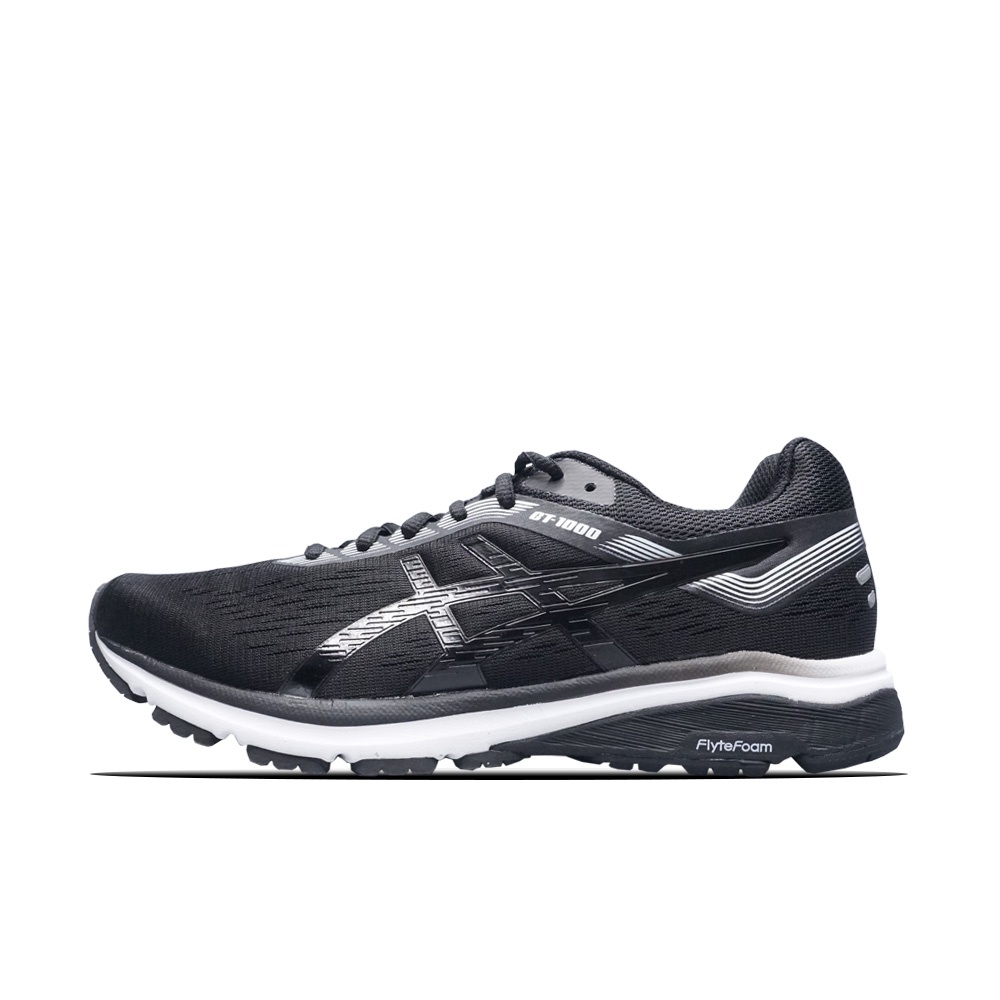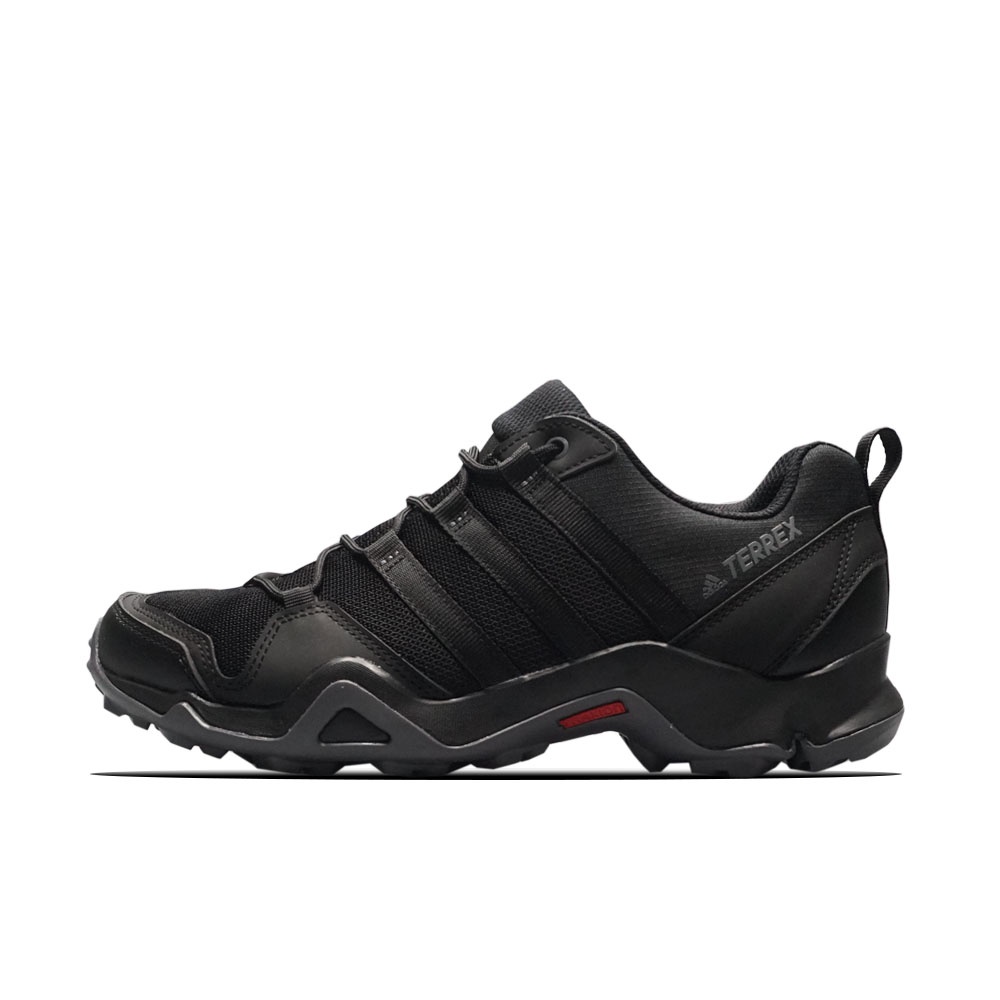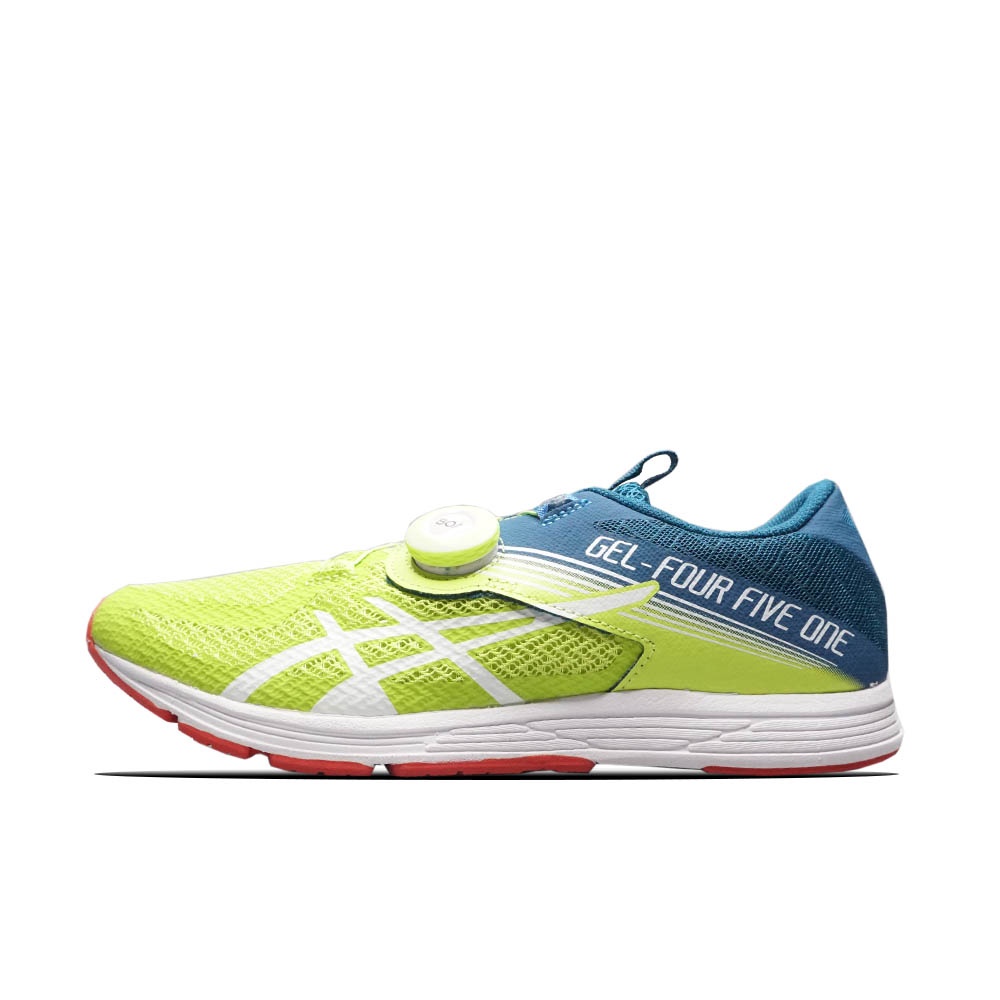Everyone runs for different reasons. Some start running with a certain race in mind. Others just want to have 30 minutes of mind-clearing solitude each day. Still others wish to lose weight or get in shape for something specific. There is no singular “right” reason to run, so long as it’s the right reason for you. What’s more important is that you know what that reason is, as your “why” will get you in a pair of running shoes and out the door each day.
This might be your first try at running, or a return visit, or an attempt to improve on what you already do. The less running you've done recently, the more you can expect to improve your distances and speeds in the next 10 weeks. On the other hand, the less you've run lately, the more likely you are to hurt yourself by doing too much running, too soon. That's why it's so important to set two related goals as you start or restart your running program: maximize improvements and minimize injuries. You win by improving. You lose by getting hurt.
They are the biggest equipment expense for runners, so it's important to get it right. Spend wisely by
buying well-made shoes from a major brand. Search out a model that fits you properly, and is designed
for the surface you'll run on most often-roads, tracks, or trails. If you're not sure which shoe will
work best for you, shop at a running-specialty store staffed by veteran runners and shoe experts. After
you buy your shoes, remember that even the best have a limited lifespan. Plan to replace them after
about 350 to 500 miles of wear.
Click here to browse our recommended shoes for each type.
The two basic raw materials of a running routine are time and space. And the two main reasons given by those who don't run? "I don't have time for it," and "I don't have anywhere to do it." Let's dissect those excuses. You can run well and get in great shape with as little as a 30-minute session every other day. Think of it as the time you won't waste by watching a sitcom rerun. As for finding places to run: Anywhere that's safe for walking is also fine for running. Off-road routes (parks, bike paths, high school tracks) are better than high-traffic streets, and soft surfaces (grass, dirt) are better than paved ones, but any choice is better than staying home. Major suggestion: Map out the best courses in your immediate neighborhood. That saves time, solves the "place" issue, and makes it much more likely that you'll actually do your planned runs.
Cushioned shoes are typically recommended for runners with little to no pronation as they offer both shock absorption and protection with little to no extra support throughout the gait cycle.
These shoes are also called “neutral padded shoes”. These are designed to counteract supination.
Typically, cushioned shoes are recommended for runners with high arches—what’s known as supinator, or underpronators in the running circles.




































